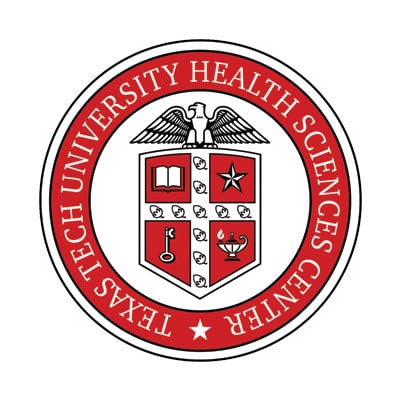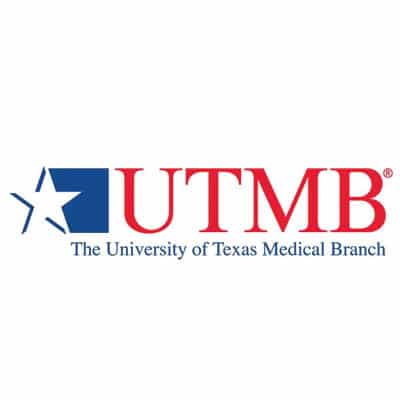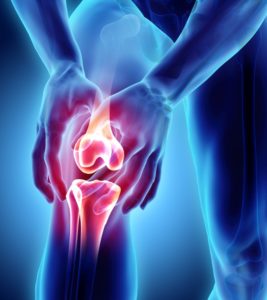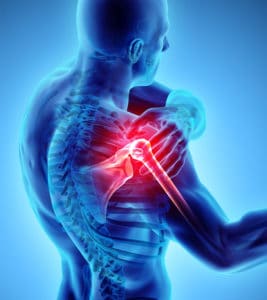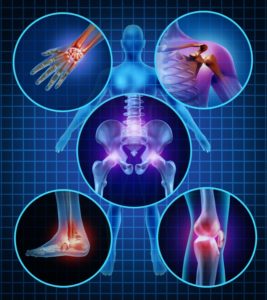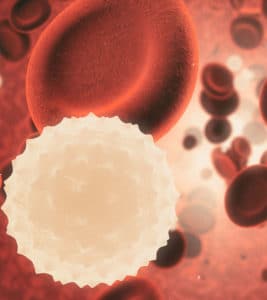PRP & Stem Cells Questions & Answers
Platelet-Rich Plasma Injections FAQs
Certain elements within the blood, specifically the platelets, help tissues to heal by stimulating a repair and growth response. Platelet-rich plasma (PRP) injections promote accelerated healing by supplementing the platelet content of an area in which tissue has been damaged.
What Is PRP?
PRP is plasma with a high concentration of platelets. Platelets, most commonly associated with clotting, can also assist in mending and strengthening damaged tissues by increasing certain growth factors at the site.
What Are PRP Injections Used For?
PRP injections can be used to treat a wide range of orthopedic conditions, including arthritis, tendonitis, tendonosis, chronic or postsurgical joint pain, bursitis, ligament tears or sprains, and nerve inflammation. They are also sometimes used to speed healing after non-orthopedic surgeries, especially cosmetic procedures.
How Do PRP Injections Work?
PRP injections are usually administered in the doctor’s office, under local anesthesia, with the assistance of ultrasound imaging. A small amount of blood is withdrawn from the patient and separated into its composite elements in a centrifuge. A rich concentration of platelets, up to five times the concentration found in natural blood, is then injected into the patient at the site of the damaged tissue.
How Long Do PRP Injections Take?
Each procedure takes under an hour. Most patients require up to three PRP injections, about 4 to 6 weeks apart, in order to achieve optimal results. Occasionally, a fourth injection is necessary.
What Happens After The PRP Procedure?
Most patients experience little or no discomfort from the injection, but the site is expected to be inflamed and sore for about 48 hours during which time pain medication and ice can be used as needed. Typically, by the fifth day after an injection, the patient experiences some significant relief from the original condition and begins physical therapy. Patients can return to work and other normal activities immediately after treatment, but should refrain from heavy lifting and strenuous activity for a few days. The doctor will monitor the patient to determine if and when another injection is necessary.
What Are The Advantages Of This Procedure?
For many patients, PRP injections offer significant relief from pain and other symptoms, and may eliminate the need for surgery or long-term medication. This treatment also speeds up the healing process, allowing patients to return to their normal activities more quickly than other nonsurgical treatments. Because the injected blood comes from the patient, there is no risk of cross-reactivity, immune reaction or disease transmission. Unlike corticosteroid injections, PRP injections actually facilitate healing.
Are Platelet-Rich Injections Safe?
There is always a risk of infection or clotting with any type of injection, but such complications are extremely rare. There is also a remote possibility that a patient will have an allergic reaction to some portion of the procedure. Most patients undergo this procedure with no problems.
Blood-Derived Stem Cells
Stem cells act as a repair system for the body, replenishing damaged tissues. Stem cell procedures infuse healthy stem cells into the body to replace damaged or diseased stem cells. Within the bone marrow, stem cells develop into white or red blood cells, helping blood clot. Stem cell procedures may be necessary when bone marrow stops producing stem cells on its own. In the past, stem cells were obtained solely from bone marrow to replenish the body with healthy blood cells following chemotherapy or radiation therapy for cancer. However, stem cells are now often obtained from the umbilical cord of a newborn or from the bloodstream of a patient or donor.
Benefits Of Blood-Derived Stem Cells
Blood-derived stem cells offer several advantages over bone marrow stem cells when they are used for transplants. Using stem cells from peripheral or cord blood, can help the body produce new blood cells at a faster rate than bone marrow stem cells. Blood-derived stem cells are effective in treating a number of conditions, including:
- Leukemia
- Lymphoma
- Sickle cell disease
- Multiple myeloma
- Aplastic anemia
Non-Hodgkin’s and Hodgkin’s lymphoma may also be treated with blood-derived stem cell procedures.
Types Of Blood-Derived Stem Cells
Cord Blood
The blood contained in a newborn’s umbilical cord (cord blood) is rich in blood-forming stem cells. Cord blood is similar to adult bone marrow, making it useful for treating blood disorders and certain cancers. Once a child is born, parents may decide to save or donate the child’s cord blood stem cells so that the stem cells can be used to treat diseases in the future. Cord blood transplants are considered a good option if no volunteer stem cell donor is found.
Peripheral Blood
The same blood-forming cells that are found in bone marrow are also found in the circulating (peripheral) blood within the body. Using stem cells from peripheral blood, can help the body produce new blood cells at a faster rate than bone marrow stem cell procedures. A peripheral blood stem cell procedure involves harvesting stem cells directly from the patient’s bloodstream, or the bloodstream of a donor. Usually, there are only a limited amount of stem cells found in the bloodstream. However, substances called growth factors can be administered prior to the procedure to make stem cells grow at a much faster rate in the blood.
Peripheral blood can be obtained from donors through a procedure called apheresis. This procedure can often be performed at a blood donation center.
The Blood-Derived Stem Cell Procedure
Blood-Derived Stem Cell Donation
Stem cell procedures are typically performed on an outpatient basis. A thin tube, or catheter, is inserted into a large vein of the patient or donor. It is then attached to a tube that will carry the blood that is withdrawn to a special machine. The machine separates the stem cells from the rest of the blood, which is then returned to the body. The process may take several hours, and is repeated until enough stem cells are obtained. The stem cells will then be filtered, stored and frozen until the patient is ready for the transplantation.
Blood-Derived Stem Cell Transplant
Following pre-transplant tests, the patient will undergo a process known as conditioning. The portion of the treatment may require chemotherapy and/or radiation therapy. A few days after the conditioning process has been completed, the actual transplant takes place. The new stem cells are delivered into the bloodstream through a central venous catheter. This technique helps transport the stem cells through the blood into the bone marrow, initiating the formation of new blood cells. No sedation is necessary and the patient is awake during this process. The infusion usually takes several hours to complete. Within several weeks, the patient’s blood count should start to recover and new blood cells will form.
Risks Of Blood-Derived Stem Cell Procedures
Blood-derived stem cell procedures are considered high risk, and may include life-threatening complications. Complications, risks and recovery vary greatly for each individual based on their age, illness, type of transplant and overall health. Complications that may arise after a blood-derived stem cell procedure include:
- Organ injury
- Infertility
- Infection
- Stem cell failure or rejection
- Cataracts
- Increased risk of developing new cancers
After undergoing a blood-derived stem cell procedure, patients are closely monitored by a doctor for several years



